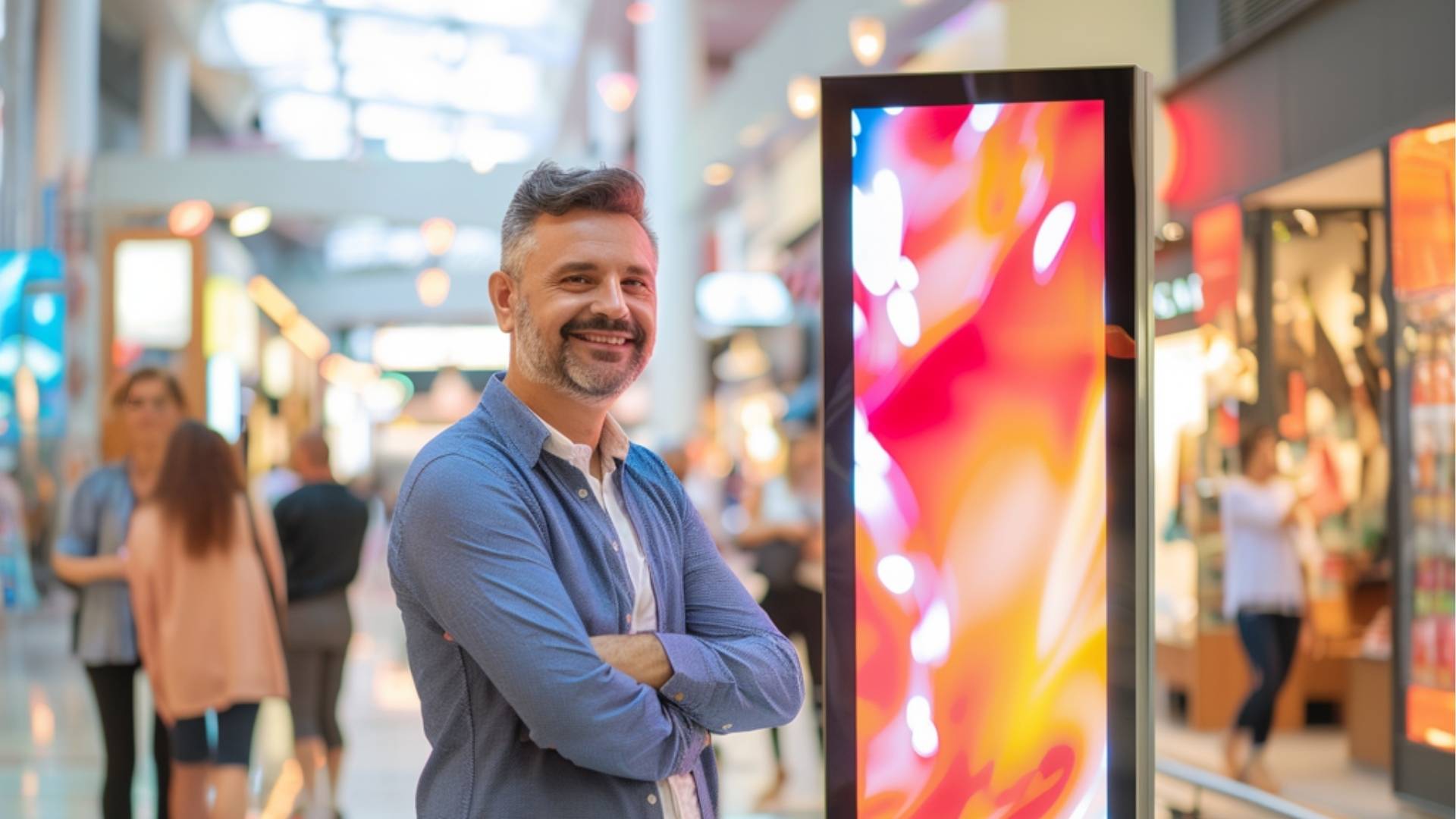In the dynamic world of advertising, Digital Out-of-Home (DOOH) is a game-changer. But what exactly is DOOH, and where is it used? Let’s dive into the basics and explore how this innovative medium is reshaping the advertising landscape.
What is DOOH?
Digital Out-of-Home (DOOH) refers to digital media used for marketing purposes in public spaces. Unlike traditional out-of-home (OOH) advertising, such as billboards or posters, DOOH incorporates digital screens to display advertisements, messages, and interactive content. These screens can be found in various locations, from bustling city centers to serene parks, providing a versatile platform for advertisers to engage with their audience.
Key Concepts of DOOH
- Dynamic Content: One of the standout features of DOOH is its ability to display dynamic, real-time content. This means ads can be updated instantly to reflect current events, weather conditions, or time of day, making them more relevant and engaging.
- Targeted Advertising: DOOH allows for highly targeted advertising. Using data and analytics, advertisers can tailor their messages to specific demographics, locations, and even times, ensuring that the right audience sees the right ad at the right time.
- Interactivity: Many DOOH installations are interactive, allowing passersby to engage with the content. This could be through touchscreens, motion sensors, or mobile integration, creating an immersive and memorable experience.
- Programmatic Advertising: DOOH can be integrated with programmatic advertising platforms, enabling automated buying, selling, and delivery of ads. This makes the process more efficient and allows for real-time optimization.
Where is DOOH Applied?
DOOH is incredibly versatile and can be applied in numerous settings:
- Urban Areas: Digital billboards, screens on buildings, and bus shelters are common sights in cities, capturing the attention of commuters and pedestrians.
- Transportation Hubs: Airports, train stations, and bus terminals use DOOH to inform and entertain travelers, offering brands a captive audience.
- Retail Environments: Malls and shopping centers leverage DOOH to enhance the shopping experience, promote sales, and guide customers.
- Sports and Entertainment Venues: Arenas and theaters use digital screens to engage fans with real-time updates, advertisements, and interactive content.
- Healthcare Facilities: Hospitals and clinics use DOOH for patient education, wayfinding, and promoting health services.
- Educational Institutions: Universities and schools deploy digital signage for announcements, event promotions, and educational content.
The Future of DOOH
As technology continues to advance, the possibilities for DOOH are expanding. Innovations like augmented reality (AR) and artificial intelligence (AI) are being integrated into DOOH platforms, offering even more engaging and personalized experiences. The rise of smart cities and the Internet of Things (IoT) also promise to create new opportunities for DOOH, making it a crucial component of the urban landscape.
In conclusion, DOOH is a powerful and versatile advertising medium that combines the reach of traditional out-of-home advertising with the dynamism and interactivity of digital media. Whether in urban areas, transportation hubs, retail environments, or beyond, DOOH offers endless possibilities for brands to connect with their audience in meaningful ways. As this technology continues to evolve, its impact on the advertising world will only grow, making it an exciting space to watch and explore.





